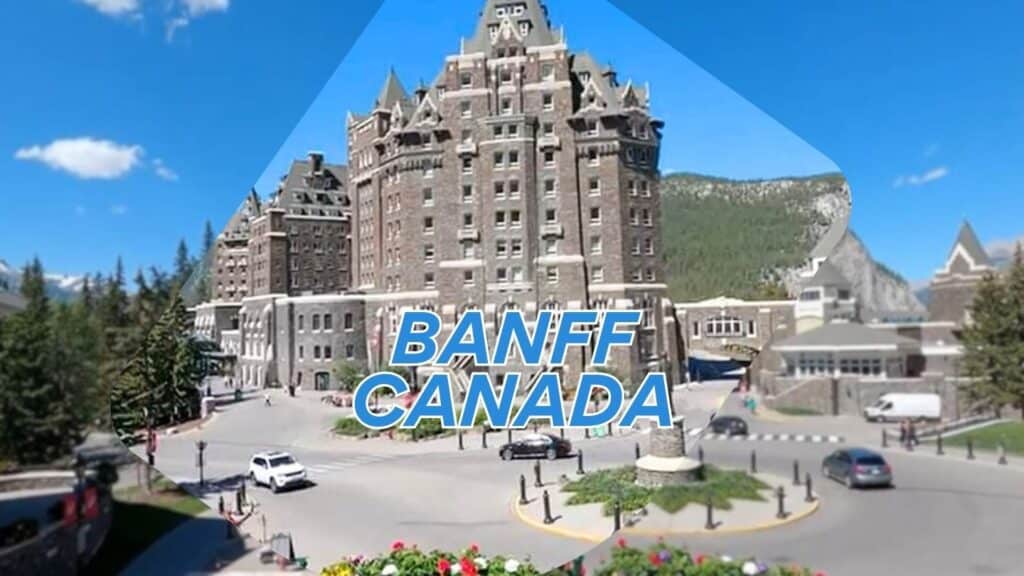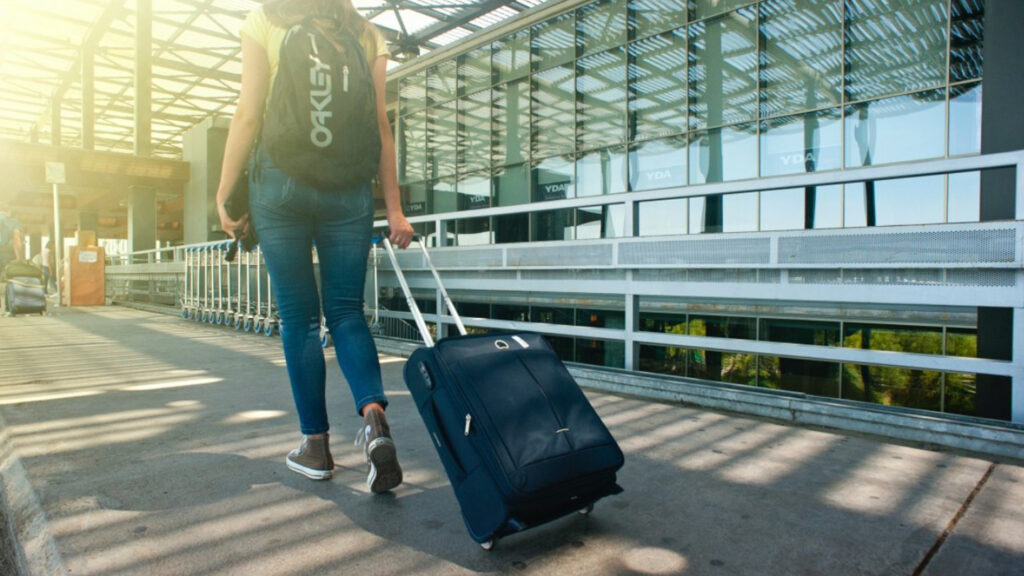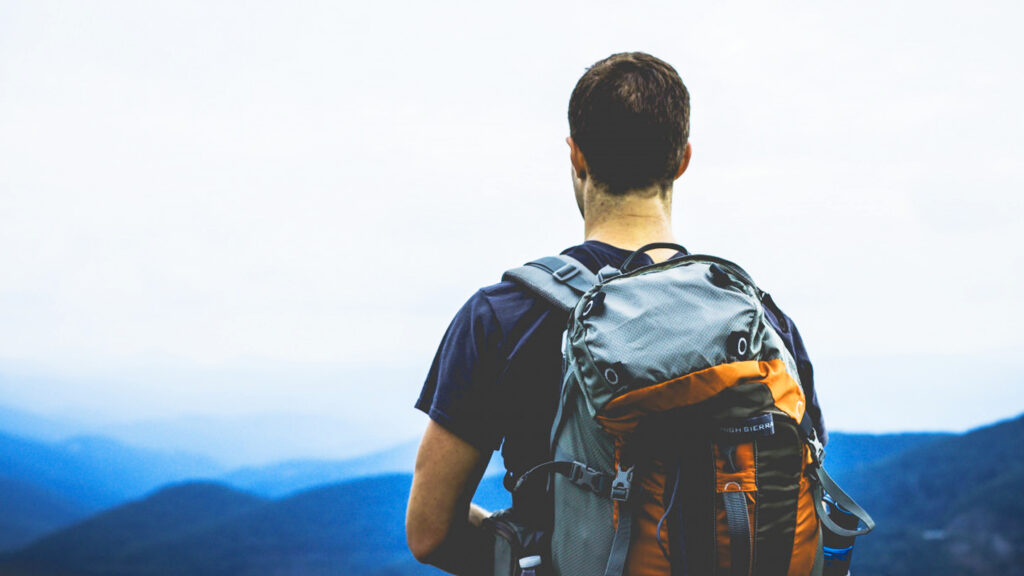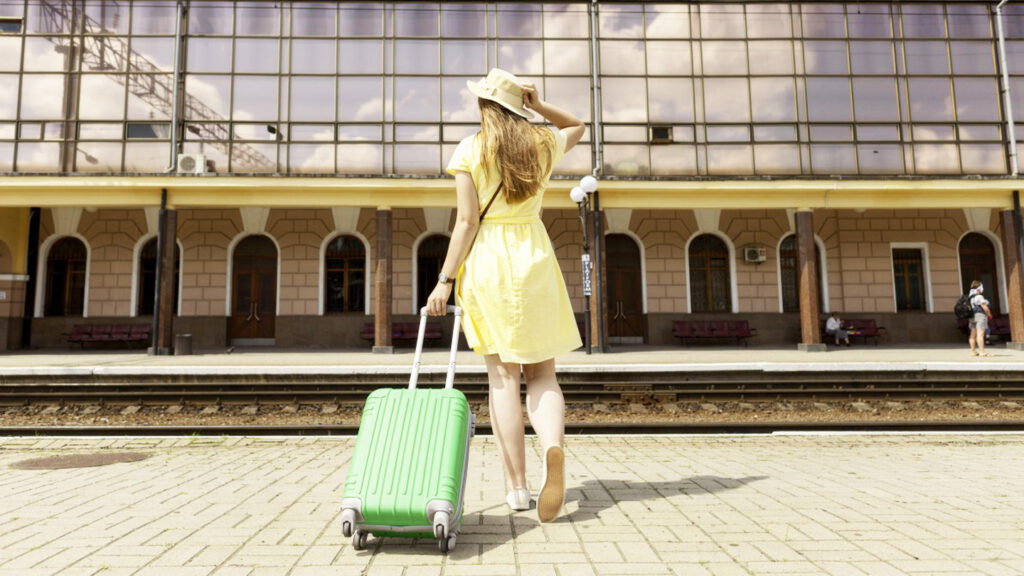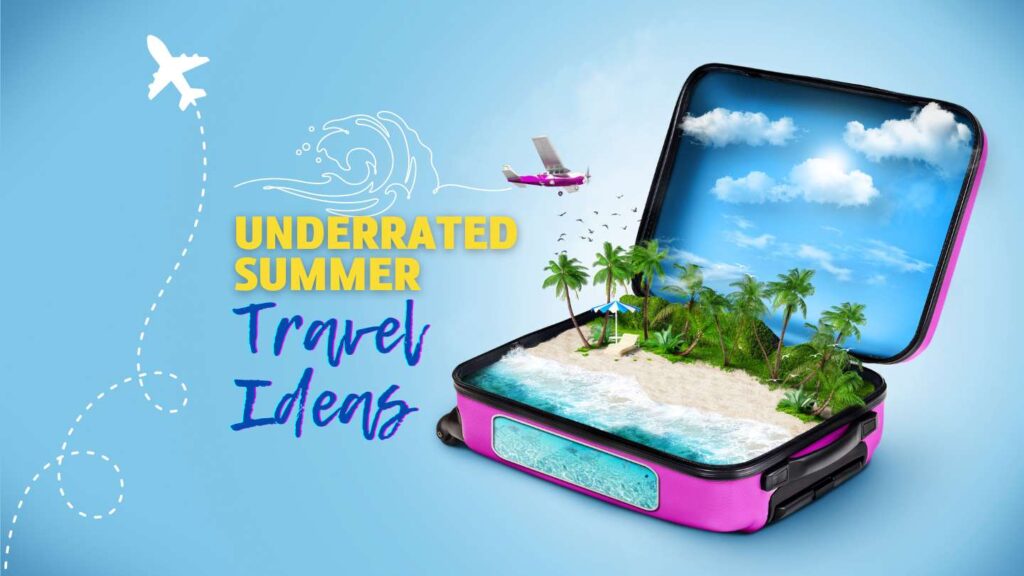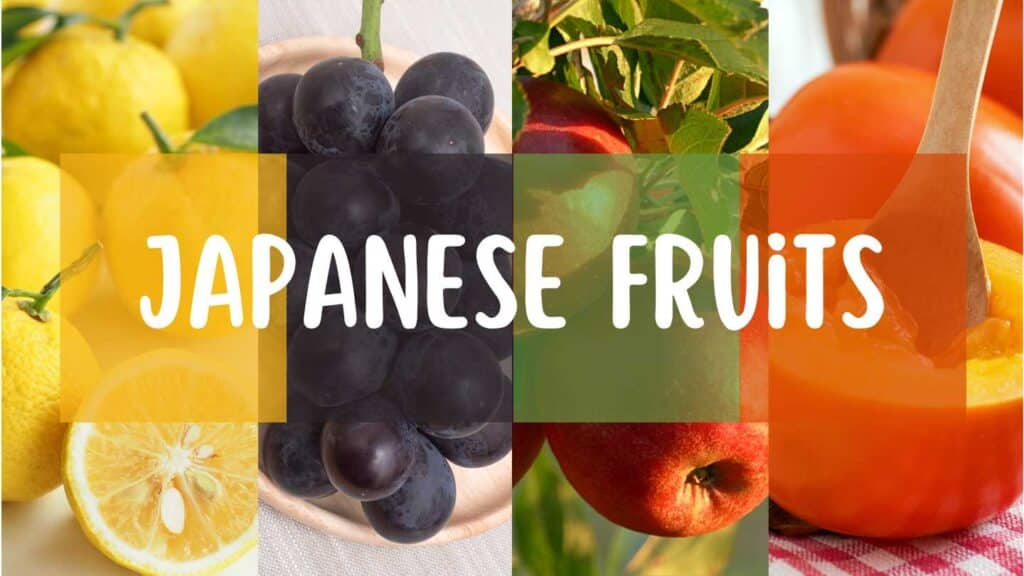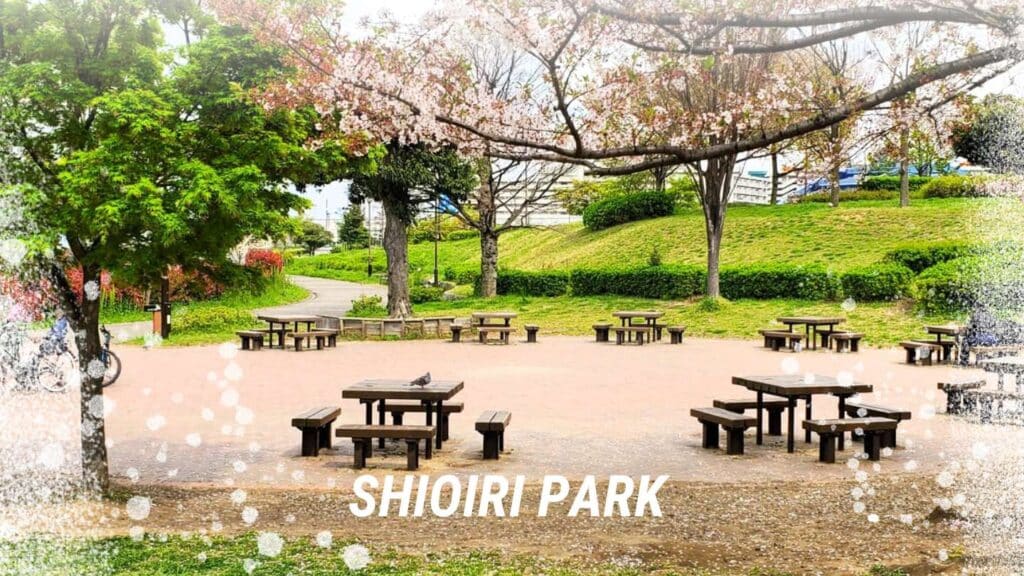Banff is situated in the heart of the Canadian Rockies. The town has a stunning natural beauty that enchants visitors throughout the year. Understanding the best time to visit Banff Canada can enhance your experience, whether you’re looking for outdoor adventures, serene landscapes, or cultural events.
Table of Contents
Quick Facts: Overview of Banff, Canada
- Location: Alberta, Canada, within Banff National Park.
- Best time to go: June to August for warm weather and outdoor activities; December to February for winter sports
- Time Zone: Mountain Time Zone (MT) – UTC -7:00
- Currency: Canadian Dollar (CAD)
Map
Seasonal Breakdown of Banff’s Beauty
The best time to visit Banff depends on your choice or interests! Spring is ideal for wildlife viewing, summer is perfect for riding the Rocky Mountaineer train, and winter is prime for skiing and other snow sports.
Let’s explore Banff’s different seasons with their facilities.
Spring in Banff (March to May)
Spring in Banff is a season of renewal and beauty. As the snow begins to melt, the landscape bursts into vibrant colors, and wildlife becomes more active.
Weather and Landscape
Spring temperatures range from -5°C to 15°C (23°F to 59°F). Snow persists in higher altitudes while lower areas start to bloom. Rivers and waterfalls swell with meltwater, creating stunning views and photo opportunities.
Activities and Highlights
- Wildlife Watching: Spring is prime time to see bears, elk, and other wildlife emerging from hibernation.
- Hiking: Trails start to open, though higher elevations may still be snow-covered.
- Photography: Capture the beautiful transition from winter to spring with blooming wildflowers and snowy peaks.
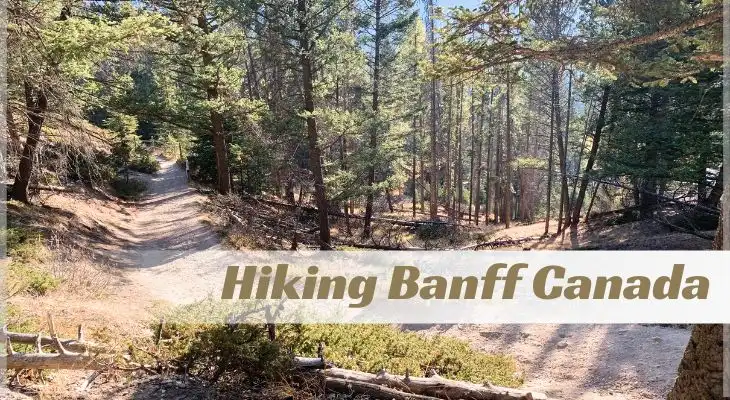
Pros and Cons
Pros:
- Fewer tourists
- Blossoming nature
- Potential for lower accommodation rates
Cons:
- Unpredictable weather
- Limited access to high-altitude trails
Key Events:
- Banff Food & Cocktail Festival (April-May)
Summer in Banff (June to August)
Summer is Banff’s most popular season, offering warm weather and endless outdoor activities.
Weather and Atmosphere
Temperatures range from 7°C to 22°C (45°F to 72°F), providing perfect conditions for exploring. The long daylight hours allow visitors to maximize their adventures.
Activities and Highlights
- Hiking and Biking: All trails are accessible, including iconic routes like Johnston Canyon and Lake Agnes.
- Water Activities: Canoeing on Lake Louise, rafting on the Bow River, and paddleboarding are popular.
- Scenic Drives: The Icefields Parkway offers breathtaking views and access to the Columbia Icefield
Pros and Cons
Pros:
- Warm and stable weather
- Long daylight hours
- Full access to trails and outdoor activities
Cons:
- Crowded attractions
- Higher accommodation prices
Key Events:
- Banff Yoga Festival (June)
- Banff Marathon (June)
- Canada Day (July 1)
Fall in Banff (September to November)
Fall in Banff is characterized by vibrant foliage and a peaceful ambiance as the summer crowds diminish.
Weather and Scenery
Temperatures range from -1°C to 15°C (30°F to 59°F). The crisp air and golden aspen leaves create a picturesque setting.
Activities and Highlights
- Scenic Drives: Explore the Icefields Parkway and Bow Valley Parkway to see the stunning fall colors.
- Hiking: Cooler temperatures make for comfortable hiking conditions, with fewer crowds.
- Photography: The fall foliage and snow-dusted peaks provide incredible photo opportunities.
Pros and Cons
Pros:
- Stunning fall colors
- Fewer tourists
- Pleasant weather for outdoor activities
Cons:
- Shorter days
- Cooler temperatures
Key Events:
- Banff Mountain Film & Book Festival (October-November)
- Taste for Adventure (October-November)
- Banff Craft Beer Festival (November)
Winter in Banff (December to February)
Winter transforms Banff into a snowy wonderland, perfect for winter sports enthusiasts.
Weather and Conditions
Temperatures range from -15°C to -5°C (5°F to 23°F). Snow blankets the landscape, offering ideal conditions for skiing and other winter activities.
Activities and Highlights
- Skiing and Snowboarding: Banff boasts world-class ski resorts like Sunshine Village and Lake Louise Ski Resort.
- Ice Skating: Skate on frozen lakes such as Lake Louise and Two Jack Lake.
- Festivals: Enjoy winter festivals like SnowDays, featuring ice sculptures and winter sports.
Pros and Cons
Pros:
- Excellent conditions for winter sports
- Festive holiday atmosphere
- Fewer tourists compared to summer
Cons:
- Extremely cold temperatures
- Limited daylight hours
Key Events:
- Banff Christmas Market (November-December)
Special Events and Festivals in Banff
Banff Mountain Film and Book Festival
Held annually in late October and early November, this festival celebrates mountain culture through films, books, and photography. It attracts outdoor enthusiasts and adventurers from around the world.
SnowDays Festival
Taking place in January, SnowDays features ice sculptures, live music, and winter sports. It’s a family-friendly event that showcases the best of Banff’s winter charm.
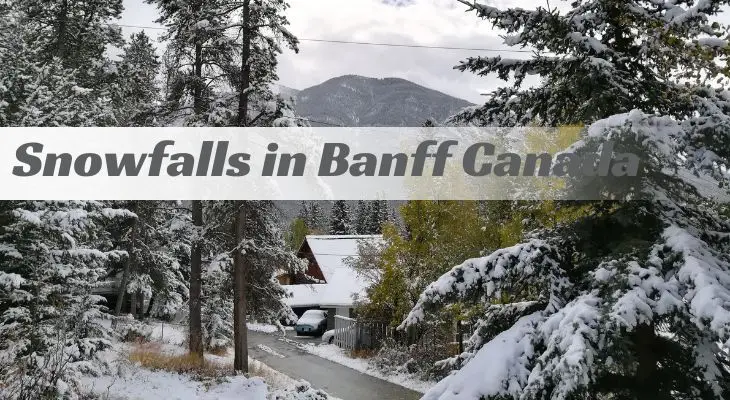
Banff Marathon
The Banff Marathon in June offers a unique opportunity to run through one of the world’s most scenic marathon routes. Participants experience stunning landscapes and wildlife along the way.
Accommodation Options in Banff
Luxury Hotels
Banff offers several luxurious accommodations for those seeking a high-end experience.
- Fairmont Banff Springs: Known as the “Castle in the Rockies,” this iconic hotel offers exceptional amenities and breathtaking views.
- Rimrock Resort Hotel: A luxurious option with fine dining and a full-service spa.
Budget-Friendly Lodging
For travelers on a budget, Banff provides various affordable accommodations.
- HI Banff Alpine Centre: A popular hostel offering clean, affordable lodging with a friendly atmosphere.
- Banff Park Lodge: A budget-friendly hotel with comfortable rooms and excellent amenities.
Camping and RV Options
Banff is a haven for camping enthusiasts, with numerous campgrounds and RV parks.
- Tunnel Mountain Campground: Offers sites for tents and RVs with stunning views and modern facilities.
- Two Jack Lakeside Campground: Provides a more rustic experience with lakeside sites and beautiful scenery.
Tips for Visiting Banff
Packing Tips
Banff’s weather can be unpredictable. Pack layers to accommodate varying temperatures, waterproof clothing, and sturdy footwear for hiking.
Travel Tips
- Book Early: Accommodation and popular activities fill up quickly, especially during peak seasons.
- Parks Canada Discovery Pass: Purchase this pass for unlimited access to Banff National Park and other national parks.
- Respect Wildlife: Always maintain a safe distance from wildlife and follow park regulations.
Safety Tips
- Bear Safety: Carry bear spray, hike in groups, and make noise to avoid surprising wildlife.
- Weather Preparedness: Check weather forecasts and be prepared for sudden changes.
- Trail Etiquette: Stay on marked trails and leave no trace to preserve the natural environment.
How to Get to Banff
By Air
The nearest airport is Calgary International Airport (YYC), approximately 90 minutes by car from Banff. Various shuttle services and car rental options are available at the airport.
By Road
Driving to Banff is a popular option. The Trans-Canada Highway (Highway 1) provides a direct and scenic route from Calgary to Banff. Ensure your vehicle is equipped for mountain driving conditions, especially in winter.
By Rail
The Rocky Mountaineer offers a luxurious train journey to Banff, providing spectacular views and a unique travel experience. This scenic route is ideal for those looking to enjoy the journey as much as the destination.
Wildlife Viewing in Banff
Best Times for Wildlife Viewing
Spring and fall are the best times for wildlife viewing in Banff. Early mornings and late evenings are when animals are most active.
Common Animals You Might See
Visitors can expect to see elk, deer, mountain goats, and occasionally bears. Remember to maintain a safe distance and never feed wildlife.
Safety Tips for Wildlife Viewing
- Carry Bear Spray: Always carry bear spray and know how to use it.
- Stay on Trails: Keep to designated trails and make noise to alert animals of your presence.
- Keep a Safe Distance: Use binoculars for a closer view rather than approaching wildlife.
Must-Visit Attractions in Banff
Lake Louise
Lake Louise is renowned for its stunning turquoise waters and surrounding mountain peaks. Whether you visit in summer for canoeing or in winter for ice skating, it’s a must-see destination.
Moraine Lake
Image of Moraine Lake
Moraine Lake, located in the Valley of the Ten Peaks, offers breathtaking views and excellent hiking opportunities. The vivid blue color of the water is due to the refraction of light off the rock flour deposited in the lake by surrounding glaciers.
Banff Gondola
The Banff Gondola takes visitors to the summit of Sulphur Mountain, offering panoramic views of the Bow Valley and surrounding peaks. The summit boardwalk provides excellent viewpoints and interpretive displays.
Outdoor Adventures in Banff
Hiking Trails
Banff offers a variety of hiking trails for all skill levels. Popular trails include Johnston Canyon, Plain of Six Glaciers, and Tunnel Mountain.
Skiing and Snowboarding
Banff’s ski resorts, such as Sunshine Village and Lake Louise Ski Resort, provide world-class skiing and snowboarding opportunities with stunning mountain backdrops.
Water Activities
Summer visitors can enjoy canoeing, kayaking, and paddleboarding on Banff’s beautiful lakes. The Bow River is also popular for rafting and fishing.
Local Cuisine and Dining in Banff
Popular Restaurants
Banff boasts a diverse dining scene, offering everything from fine dining to casual eateries.
- The Bison Restaurant: Known for its farm-to-table cuisine and local ingredients.
- Park Distillery Restaurant and Bar: Offers delicious dishes and house-made spirits.
Local Dishes to Try
- Bison and Elk: These local meats are often featured on menus and provide a unique taste of the region.
- Maple Syrup Treats: Enjoy various desserts and dishes made with Canada’s famous maple syrup.
Food Festivals
Banff hosts several food festivals throughout the year, including the Banff Craft Beer Festival and Taste for Adventure, showcasing local culinary talents and unique dishes.
Conclusion
Banff is a year-round destination, each season offering its own unique charm and activities. Whether you seek adventure, relaxation, or cultural experiences, Banff has something for everyone. Plan your visit according to your interests and enjoy the natural beauty and vibrant culture of this iconic Canadian destination.
To read more blogs click here
FAQs
Q: What is the best month to visit Banff?
A: The best month to visit Banff Canada depends on your preferences and activities. July and August offer the best weather for outdoor activities, while December to February is ideal for winter sports enthusiasts.
Q: When is the best time to visit Banff Canada?
A: Fall is the best time to go Banff.
Q: How many days do you need in Banff?
A: We recommend spending at least three to five days in Banff to fully experience its main attractions and activities.
Q: Is Banff expensive to visit?
A: Banff can be expensive, especially during peak seasons. However, there are budget-friendly accommodations and activities available to suit all budgets.
Q: What should I pack for Banff?
A: Pack layers to accommodate varying temperatures, waterproof clothing, and sturdy.

